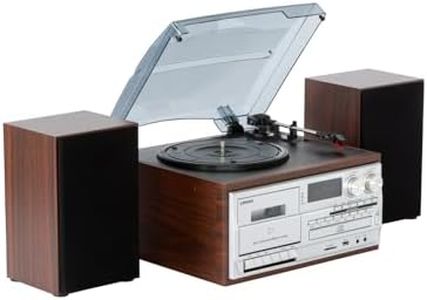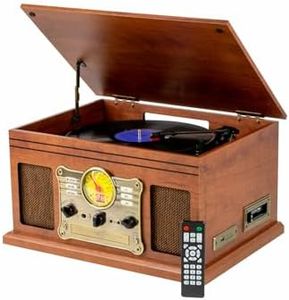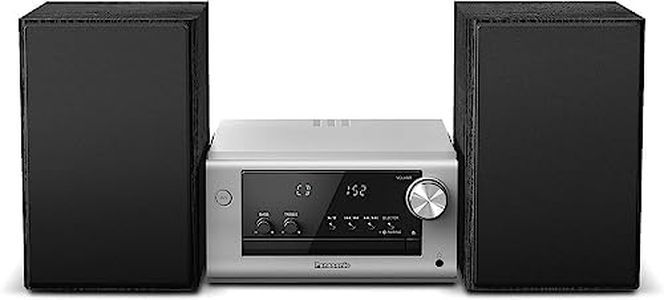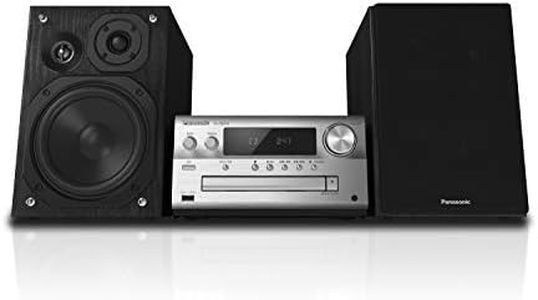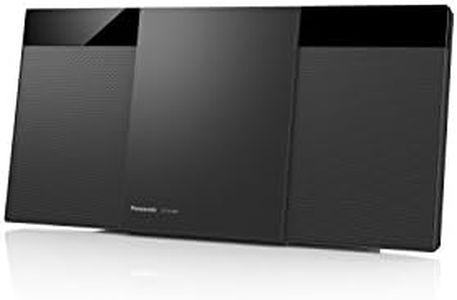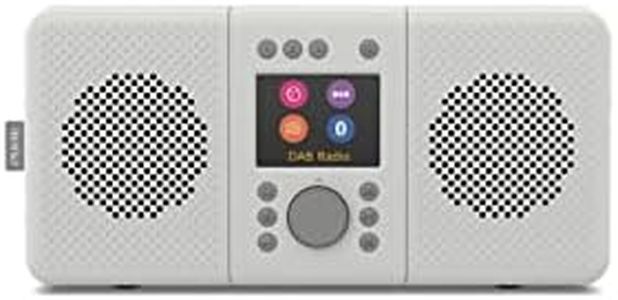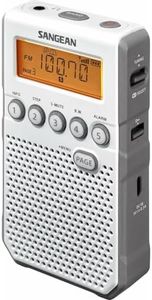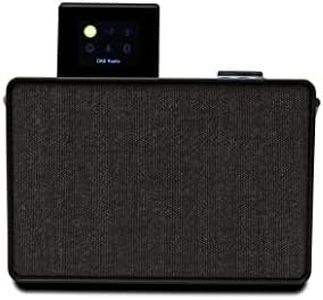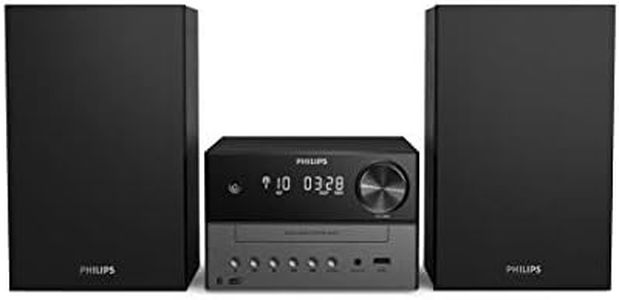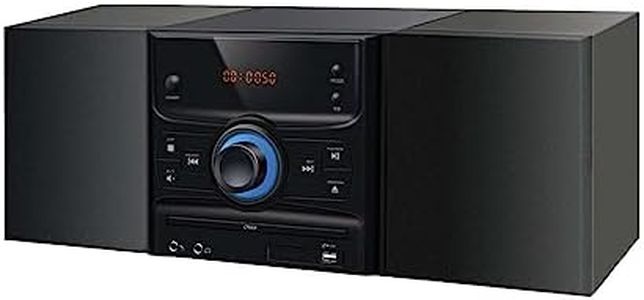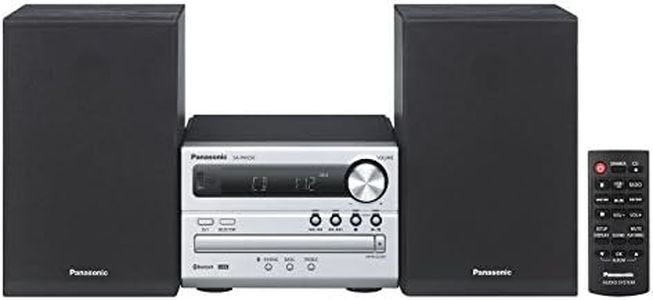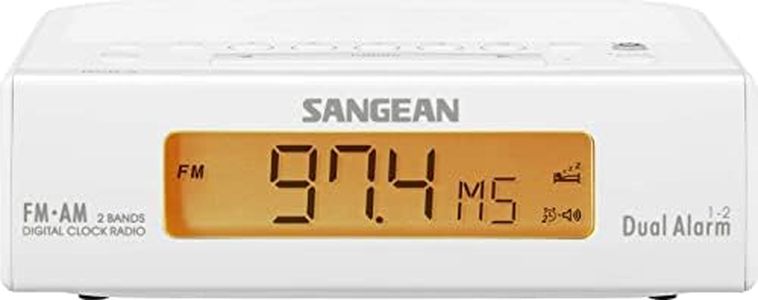We Use CookiesWe use cookies to enhance the security, performance,
functionality and for analytical and promotional activities. By continuing to browse this site you
are agreeing to our privacy policy
10 Best Home Radios
From leading brands and best sellers available on the web.Buying Guide for the Best Home Radios
Choosing a home radio can be an enjoyable experience if you know what features are most important for your daily listening. It's helpful to start by thinking about where you plan to use the radio, what kind of stations or music you prefer, and whether you value simple operation or lots of extra features. As home radios come in a variety of designs, from retro to modern, also consider how the radio will fit in with your home's decor. A good approach is to focus on the main specifications, which determine the radio's performance, sound quality, and convenience. Understanding these key specs will help you pick a radio that's a perfect fit for your lifestyle.Tuner Type (AM/FM/DAB/Wi-Fi/Bluetooth)The tuner type refers to the kind of radio signals and external sources the device can receive. AM and FM are traditional broadcast signals, with FM offering higher sound quality and AM providing more talk radio and news. DAB means Digital Audio Broadcasting, which offers clearer sound and more stations in some countries, while Wi-Fi and Bluetooth allow you to stream music from the internet or your phone. If you mainly want classic radio, AM/FM is usually enough. If you enjoy a variety of stations and better sound, consider DAB. If you mostly listen to streaming services, then a radio with Wi-Fi or Bluetooth capability will be more useful.
Speaker Size and Sound QualitySpeaker size has a big impact on how rich and loud the sound will be. Small speakers can be great for a bedside or kitchen radio, providing clear audio at close range, while larger speakers deliver deeper bass and fuller sound suited for living rooms or larger areas. If you care a lot about music quality or want to fill a larger room, choose a radio with a larger speaker or multiple speakers. On the other hand, for casual listening or news updates, a compact radio with a simple speaker might suit you best.
Power Options (AC/Battery/Rechargeable)Power options determine how you can use your radio. Radios can run on regular mains electricity (AC), batteries, or have a built-in rechargeable battery. Mains-powered radios are ideal if you're keeping the radio in one place. Battery-powered or rechargeable radios are more versatile and let you move them around the house or even take them outdoors. Think about where you want to use your radio most; if it's always in one spot, AC power is convenient, but if you want portability, look for battery or rechargeable options.
Control Interface (Knobs/Buttons/Touchscreen/Remote)The control interface describes how you interact with your radio. Basic models use traditional knobs or buttons, which are easy and reliable. Some modern radios include touchscreens or even remote controls for added convenience. If you prefer the feel of physical dials and want simplicity, knobs and buttons are best. If you want more features or plan to control the radio from a distance, a touchscreen or remote control could be more suitable.
Extra Features (Alarm Clock, Sleep Timer, Presets, USB Playback)These additional features enhance your daily experience with the radio. An alarm clock and sleep timer are useful if you want the radio in your bedroom. Presets allow you to save your favorite stations for quick access, and USB playback means you can play music from a drive. Consider which of these extras matter to you: for a simple listening experience, they're not essential, but they can add significant convenience if you use the radio frequently or in multifunctional spaces.
